.png.transform/rendition-xs/image_image%20(1).png)
Spanish Cow’s Milk Cheeses: Lesser Known... Just For Now
Most of the cheese-consuming world would be hard-pressed to name a Spanish cheese made with cow’s milk. That’s not because they don’t exist. It’s because the cheese Manchego is arguably Spain’s “king of cheeses.” The rest follow behind that. But as with all cheese producing countries, Spain’s artisans are hard at work making traditional cow’s milk cheeses as well as new ones, and because of that, churning out some of the best Spanish cheeses you may never have heard of.
 by Laura Werlin - @cheezelady
by Laura Werlin - @cheezelady
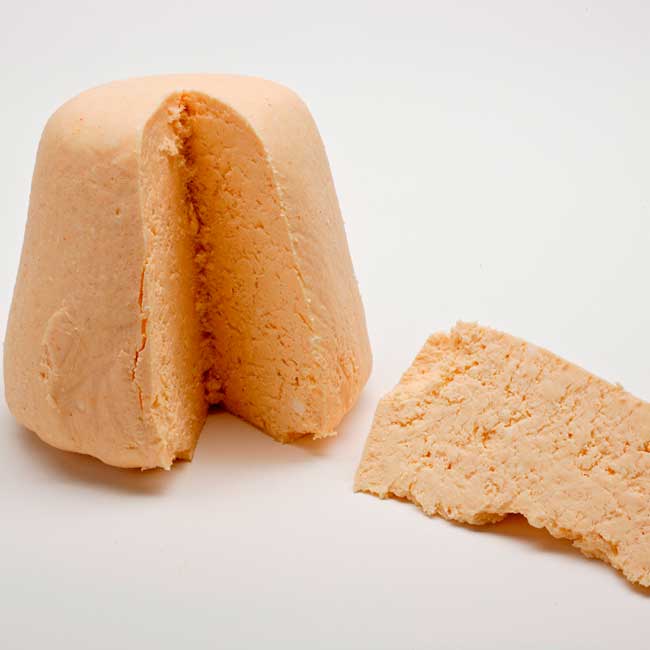
You’d think a cheese whose name translates to “Choking Cake” would provide all the reason anyone would need to avoid it. But despite its name and other similarly dubious translations (“strangle the chicken” and “drowning the rooster” among them), Afuega’l Pitu in Asturias has a Denomination of Origin (DO) designation – strict rules set by the government pertaining to the cheesemaking process and geographical region in which a particular cheese is made – and is neither a cake nor a choking hazard. Rather, the cheese’s palate-sticking texture is the basis of that particular interpretation.
The cheese’s shape also informs its style – upside down and it’s a bishop’s mitre or, if you’d like, an inverted flowerpot -- like a trunk or “atroncáu” in the Asturian dialect. Round and it’s called a “trapu” because it resembles a cloth bag. Some imagination, those Asturians.
A similar cheese with another creative name is also made in this rugged, mountainous region in northern Spain. That cheese, Rey Silo, translates to King Silo, an Asturian king who situated his kingdom in the town of Pravia in the region’s center. It’s also where we find cheesemaker Ernesto Madera tending the vats and making a stunning artisanal version of its DO sibling at Quesería Artesanal de Pravia.
To look at, one would think Rey Silo was a goat cheese from France’s Loire Valley. Save for its size – a little more than double the Loire version – its wrinkly rind, light-colored paste, and firm, chalky center is a dead ringer. The crucial difference is that it is made entirely with cow’s milk.
Where the cows roam
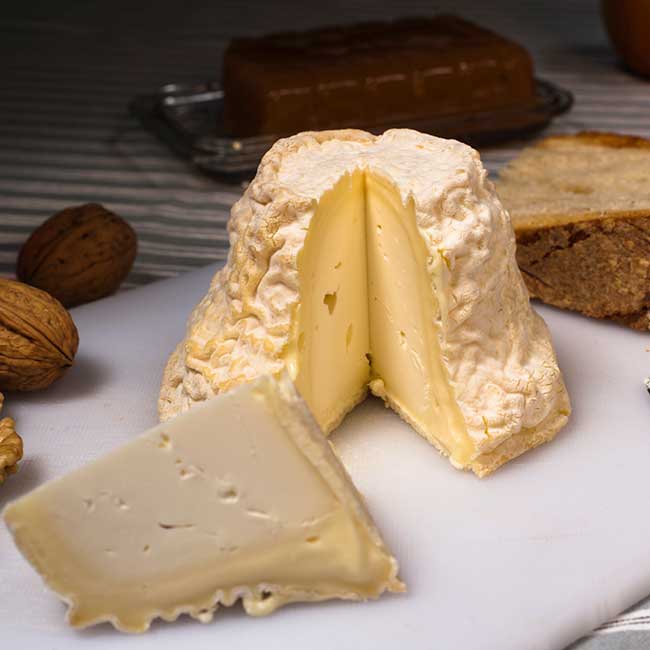
Cow’s milk cheeses in Spain account for the greatest cheese production in Spain – nearly twice the volume of sheep and goat’s milk cheeses combined. This is despite the fact that cheeses like the sheep’s milk Manchego and The Drunken Goat™ are probably the best-known Spanish cheeses in the United States. Cows produce the most milk, however, and that milk is used on farms and in cheese factories alike.
The majority of dairy cows are found in the mountainous regions of northern and northwestern Spain as well as in the Balearic Islands to the east. The cool-loving ruminants thrive in the milder climates and terrain of those areas. Happy cows translate to better milk which, in turn, provides the building block for great cheese.
Rey Silo cheesemaker Madera has been making his cheese for just 12 years. He buys the milk from a single nearby dairy and turns it into his version of the regional cheese. That version is made with unpasteurized milk while Rey Silo’s regional cousin, Afuega’l Pitu, is mostly pasteurized. Most unusual is the fact he takes a small portion of the rind from a previous batch of cheese and adds it to a vat of milk when he’s making a new batch. This introduces the bacteria he needs to create the resulting rind -- a labyrinthian maze of squibs and squiggles and the evidence of part mad cheesemaker-scientist and part microbiology at work.
Also distinct is the painstaking method Madera uses to mature the cheese – a protracted process that slows the cheese’s maturation in order to extend its shelf life. The goal is to age the cheese 60 days before shipping it to the United States – a legal requirement for unpasteurized milk cheeses in the U.S. – without compromising quality.
The result is a cheese with an unmistakable and compelling tang, a biproduct of the cheesemaking method. When young, the cheese is not only tangy but also buttery, milky and a little earthy. Its wrinkly rind is firm but not hard. The area just under the rind takes on a silken quality which eases into a drier, more crumbly texture toward the center. As it matures, it retains the same buttery and milky characteristics, but it loses its distinct tang to become wonderfully mellow. The texture under the rind continues to soften as the proteins break down, giving way to greater silkiness and less of the drier center. At all stages, it is a perfect companion to the hard cider of the region.
All in a name
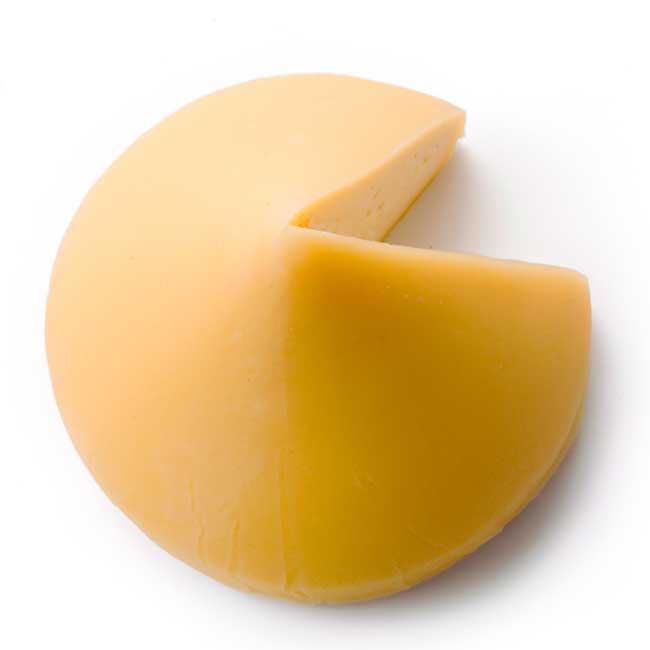
Just to the west of Asturias is Galicia, where arguably Spain’s best-known cow’s milk cheese may be better known for its shape than for its taste. The cheese, Tetilla, means small breast in Spanish, and that’s just what the cheese looks like. But whether it’s the name, the mild flavor, its notable melting qualities, or the fact the cheese cuts a smashing profile on a cheese board, Tetilla is the fifth highest-grossing cheese among the 28 Denomination of Origin cheeses in Spain.
The cheese is made by artisans as well as in factories, can be pasteurized or unpasteurized, and ranges in age from very young to slightly older. In the end, what Tetilla offers is a mild and buttery cheese that’s equally at home melted in a grilled cheese sandwich or on a cheese board.
From the mountains to the sea
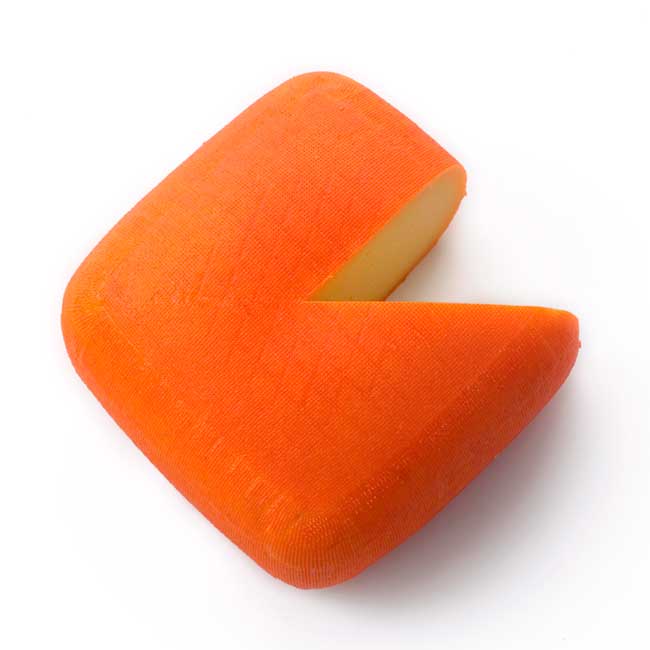
No one knows how long Tetilla or the Asturian Afuega’l Pitu has been made except to say it’s been centuries, possibly even millennia in the case of the latter. The same can be said about Mahón-Menorca, a DO cheese named after a port on the Mediterranean island of Menorca off the eastern coast of Spain.
This relatively remote location seems like an unlikely place to produce one of Spain’s better known cow’s milk cheeses. After all, cows are large and islands generally are not. Menorca is no exception measuring less than 300 square miles. The entire island is a UNESCO biosphere reserve, which means sustainable development, conservation, and biodiversity are studied and practiced, and it’s a place where buildings higher than three stories are not allowed.
Despite its long history, the square cheese with the rounded corners wasn’t known to the rest of the world until the British took over the island in the 18th century. They fell in love with the local cheese and began to send it back home. The rest, as they say, is history.
Queso Quintana
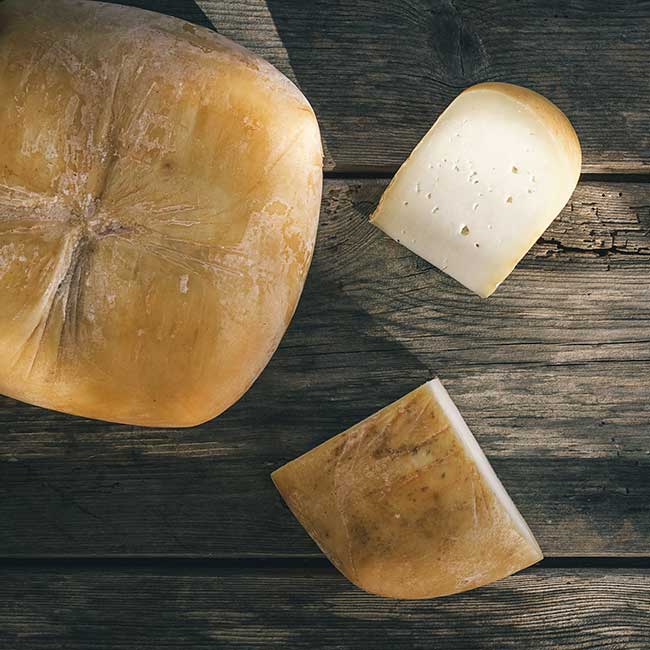
Menorcan-born Bosco Triay is the owner of Queso Quintana, an afinadora or cheese aging facility that is charged with aging thousands of pounds of Mahón each year.
Triay buys the cheese from three family farms that sell only to him. As with most afinadores, he buys the raw milk cheese just after it’s made. The afinadora’s job is to create a flavorful, texturally accurate, and aesthetically pleasing cheese by employing various aging methods. This includes the traditional light rub of Spanish pimentón (paprika) and oil on the rind of Mahón. In the case of Queso Quintana, the resulting rind is light brown in color rather than the more common orange one – a departure that underscores how cheese aging is very much the work of artisans. In addition, the cheese’s exposure to specific temperature and humidity levels ensures proper rind and paste (the cheese’s interior) development, texture, and ultimately flavor.
The Denomination of Origin cheese is released as young as two months (“semi-curado”) and as old as nine months (“curado”). Some Mahón producers age the cheese as long as a year, when it becomes a grana-style or grating cheese. Both of Quintana’s versions demonstrate Mahón’s pronounced acidity, though the younger version is naturally softer. Curado is hard, though not quite crumbly, and earthy with an unmistakable saline quality.
A bright future
Whether cow’s milk, sheep’s milk, goat’s milk or all three combined -quesos mezcla- the artisan and specialty cheese scene in Spain is nothing short of thrilling. Unbound by tradition, the new cheesemakers are creating cheeses all their own and with that a growing market for one-of-a-kind small-batch cheeses.
Where the industry will go remains to be seen, but if these cheeses are any indication, cheese lovers everywhere can look toward Spain to find some of the most exciting cheeses being made anywhere in the world and with that, bellow a mighty “¡Sí!”

